 Is white letterboxing smarter than black letterboxing today!
Is white letterboxing smarter than black letterboxing today!
I always thought "black letterboxing" was chosen because most TVs during the day when VHS/Laser Disc/Selectavision first introduced Letterboxing, the thought was that Black is the most passive cobtent for your tv to produce. In other words. Cathode Ray Tube TV shoot zero electrons during the microseconds it's scanning black.
Most modern tv displays seem to be the inverse, shooting a passive white light and using one active technique or another to block cyan, yellow, and magenta light to compose the colors.
If all this is true, then to save on th-nnbe pigment causing elements, shouldn't the lettboxing be white, not black?
But maybe the pigment elements are only consumed/worn when a pixel is changing colors. If that's the case, then a letterbox has to be just any one constant color. In which case, black is still the best color. Because some people go out if their way for CRTs, and if the only thing that matters is stasis, and not necessarily the color itself, then that explains the current usage if black letterboxing.
However, that does not explain newscasts, which uses "blur-o-vision" to make a 9*16 portrait cell phone video mode fill the whole screen and give you funny blurry animatiom which distracts from the main action. I saw it a long time ago when Indians games used it to hide letterboxing of 4x3 replays of old footage within 16x9 broadcasts.
If the primary purpose is to act as a "tv saver" the fuzz border fails. The only ligical expoanation is American's fear of " a smaller image". Outside of the film devotee and the classic gamer who know better, most think smaller is worse. I don't know how this mentality has ruined film tv, and video gaming for so long, but it did.
|
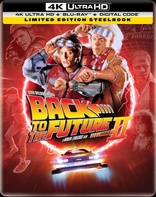
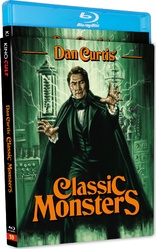

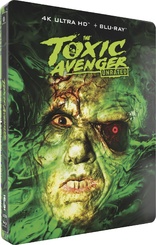
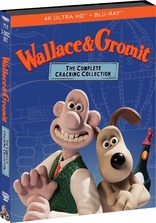



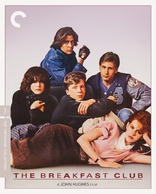
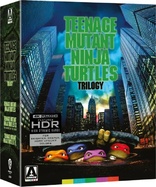
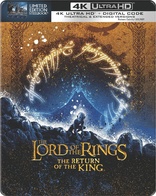



















 Linear Mode
Linear Mode

